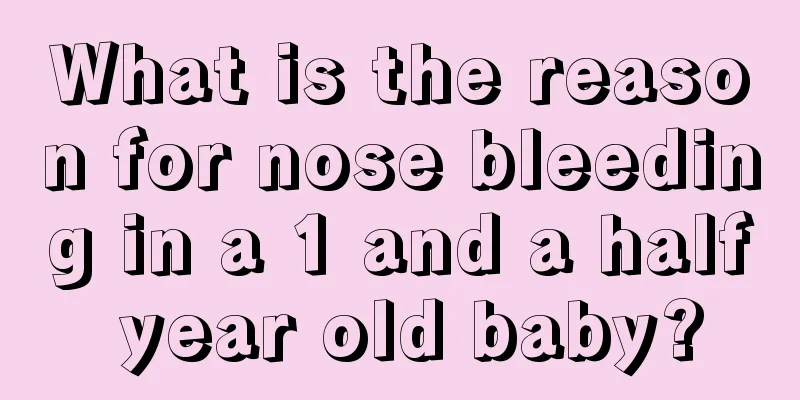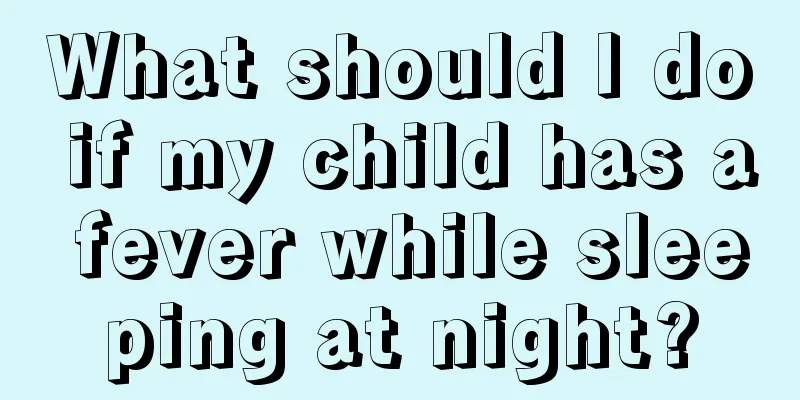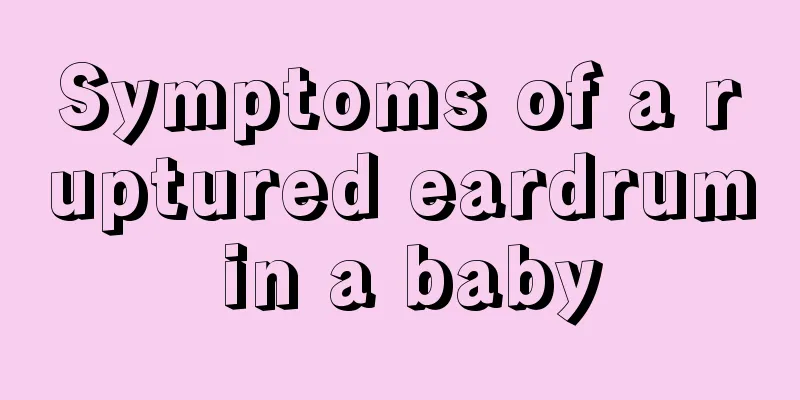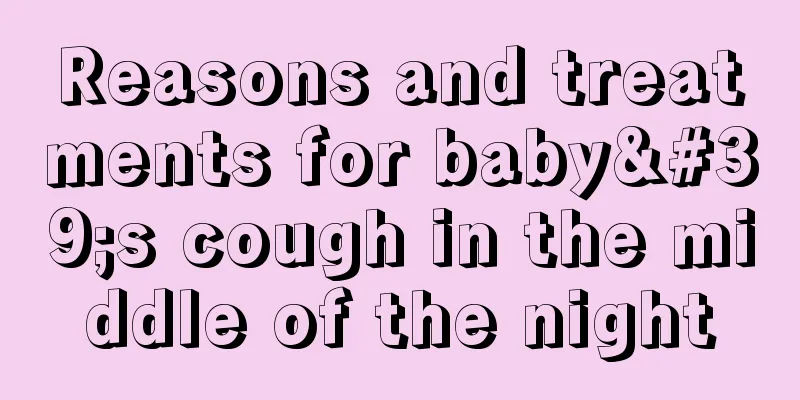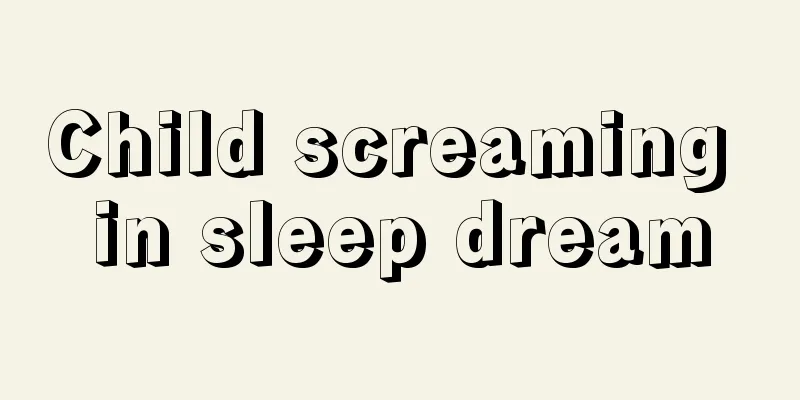What should I do if a one year and three month old child has a fever?
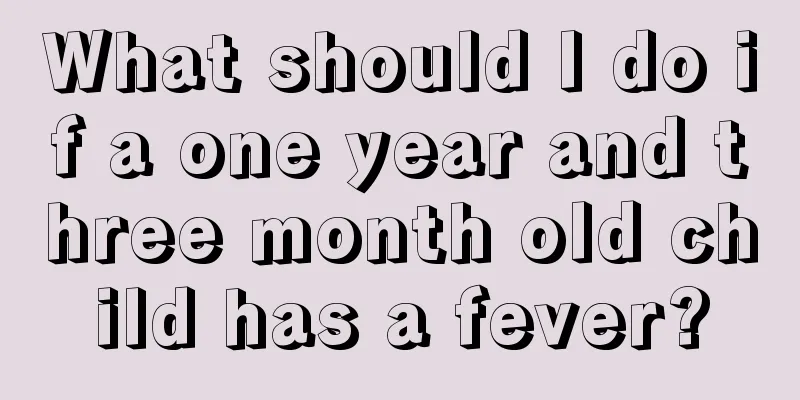
|
Children often suffer from various symptoms when they are young, among which fever is very common. The reasons for most children's fever vary. Some are caused by viral infection, and some are due to some inflammation in the body. Whenever a child has a fever, parents are very worried. So what should you do if a one year and three month old child has a fever? What measures should be taken? The normal rectal temperature of a newborn is between 36.2 degrees and 37.8 degrees, and the axillary temperature is between 36 degrees and 37 degrees. If the rectal temperature of a newborn exceeds 37.8 degrees and the axillary temperature exceeds 37 degrees, it is considered a fever. Fever is caused by pathogens (bacteria, viruses, mycoplasma, etc.). When these pathogens invade the body, the body's defense system can make various responses to protect the body from the pathogens. Fever is one of the defense responses. Fever is not a bad phenomenon. It means that the body is fighting against pathogens, so it consumes a lot of physical energy and the patient will become sleepy and weak. Treatment method: 1. Drink more warm water, vegetable juice and fruit juice. Let your baby drink more water and replenish body fluids. This is the most basic method of reducing fever. It is very effective and practical and suitable for all babies with fever. Do not give your baby cold water, because fever is often accompanied by gastrointestinal symptoms and cough, and drinking cold water will aggravate these accompanying symptoms. Give your baby warm water. 2. Warm water sponge bath means wiping the whole body with a warm water towel. This is a great way to cool down any baby who has a fever. The water temperature should be between 32 and 34 oC, and each wiping time should be more than 10 minutes. The key areas to wipe are the skin folds, such as the neck, armpits, elbows, groin, etc. 3. Warm water bath: The water temperature is about 3 to 4 degrees Celsius lower than the child's body temperature, and each bath lasts 5 to 10 minutes. Many parents think that babies should not be bathed when they have a fever. In fact, on the contrary, giving babies a warm bath can help cool them down. A warm bath is suitable for all babies with a fever. 4. Low temperature chamber method Place the sick child in an environment with a room temperature of about 24oC to allow the body temperature to slowly drop. In order to allow the skin to come into contact with the outside air and help cool down, people need to wear less clothes. If conditions permit, use air conditioning to lower the room temperature. This method is suitable for babies under 1 month old, especially in summer. Just open the baby's clothes and put him in a cool place, his body temperature will slowly drop. If your baby has chills and shivering when having a fever, you should not use the low-temperature chamber method. 5. Cooling patch Cooling patches are a new product in recent years and are very popular. In fact, their cooling effects are average and not as exaggerated as advertised. Put a patch on the baby's forehead, the baby's head will feel more comfortable, and parents will also feel more at ease. It should be beneficial and harmless. 6. Ice There is still much controversy about the pros and cons of this approach. I think ice compresses do more harm than good, because they may cause the capillaries in the baby's skin to contract, hindering heat dissipation and causing the body temperature to be higher, especially if accompanied by chills and shivering. Ice compresses should never be used. 7. Alcohol bath Babies' skin is very thin and alcohol is highly permeable, so it may be absorbed into the blood through the skin. Moreover, alcohol baths can also irritate the skin, causing capillaries to contract, hindering heat dissipation, and causing the body temperature to be higher. This approach has been abandoned. If your temperature remains high, it is recommended that you go to the hospital. Check your blood to see if there is inflammation. Generally speaking, if a child has a fever, it is best to use physical cooling methods. You can let the child drink more warm water, wipe the whole body with warm water, or use ice compresses, etc., all of which can have a good cooling effect. However, if the child's fever symptoms are more serious, the best option is to take the child to see a doctor in time. |
<<: What is more appetizing for children?
>>: What should I do if my child has a fever at home?
Recommend
What should I do if my child is anemic at one and a half weeks old?
Iron deficiency anemia is a disease that our babi...
What should children eat to supplement vitamin C?
Nowadays, after many families have children, the ...
Causes and treatments for one-month-old babies who often fart
The neonatal period is a time that requires great...
What are the reasons for blisters on children's palms?
Children may get blisters on the palms of their h...
What are some ways to train your child to concentrate?
Children have a lot of concentration, which is ve...
Is it good for children to eat watermelon?
Summer is hot and dry, and many people will buy w...
Methods for babies fed with pure milk powder
After giving birth, mothers find that they have n...
How to improve children's memory
Children are the flowers of the motherland and th...
At what age should children with crooked teeth be corrected?
If a child's teeth are crooked, parents will ...
What should I use on my baby after taking a bath in summer?
We all know that in summer, people are more likel...
How effective is pediatric massage in treating anorexia?
Parents try all kinds of methods to treat their c...
What are some folk remedies for reducing baby’s fever?
Although we don’t want our baby to have a fever, ...
What should I do if the middle of my child's lips is black?
Many mothers are particularly concerned about the...
How to Remove Dental Fluoride
In some areas of China, dental fluorosis can occu...
What is the diet for constipated babies?
Constipation is a common disease in our lives. It...
